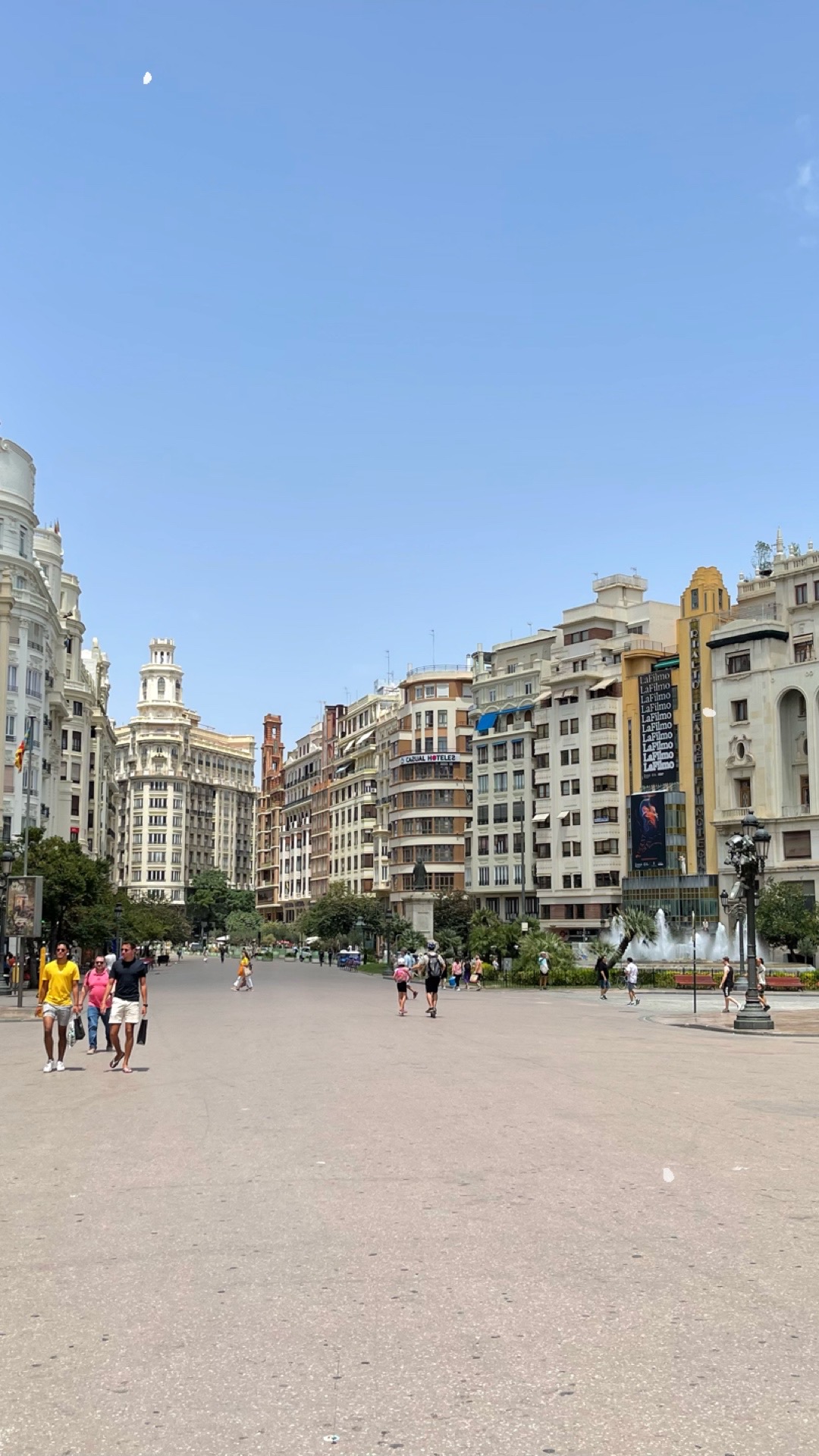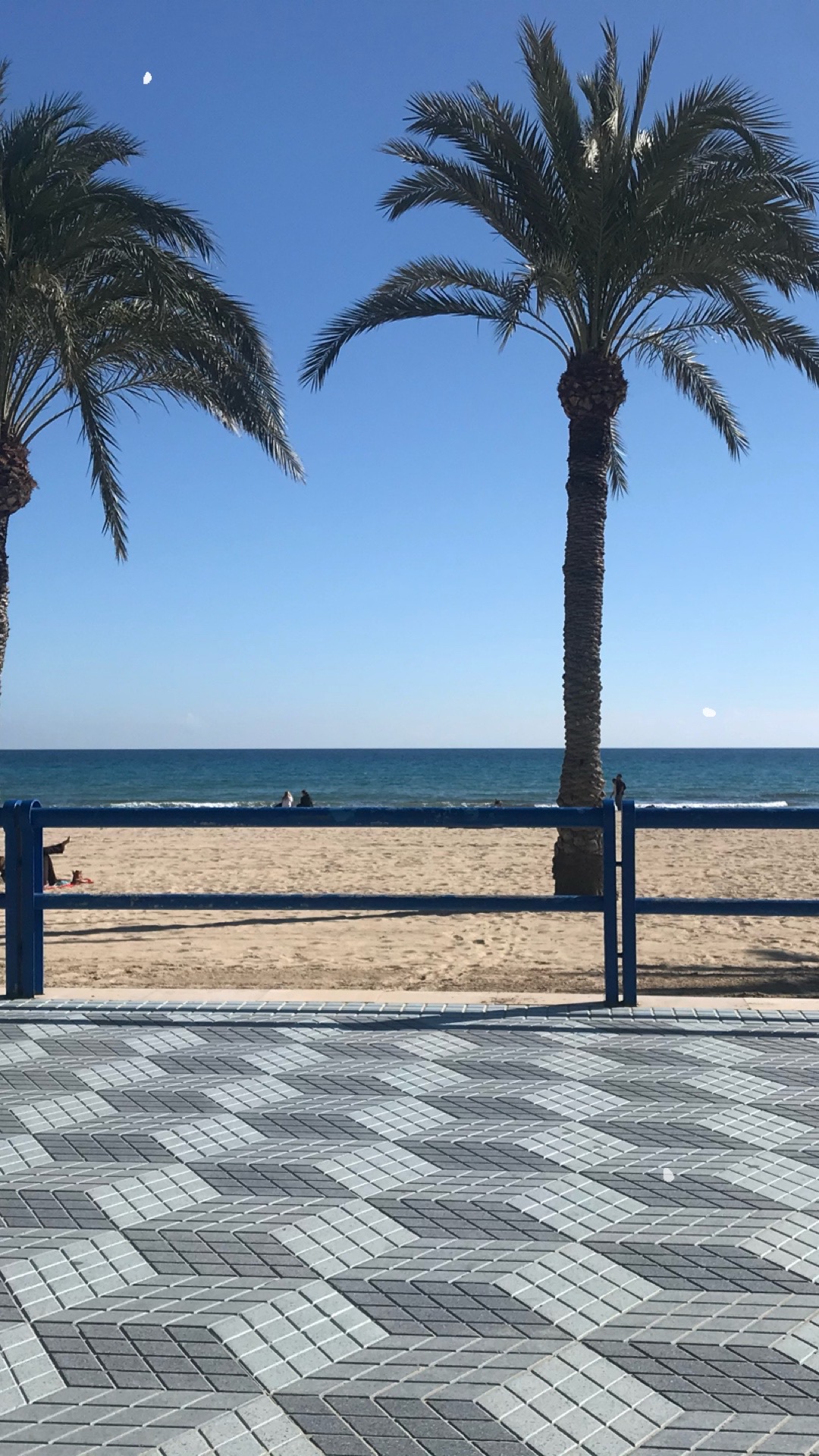Navigating Spain’s Economic Landscape: Opportunities and Challenges for Expat Families
SAXS March 23, 2025Spain, a vibrant nation located in southwestern Europe, is known for its rich history, stunning landscapes, and diverse culture. However, it also faces significant economic challenges that reflect broader trends in the European Union. This article delves into various economic aspects of Spain, including its minimum wage, housing costs, unemployment rates, education, the self-employment landscape, tourism, and healthcare.

Opportunities and Challenges for Expat Families
Minimum Wage and Living Costs
As of 2023, the minimum wage in Spain stands at 1,134 euros per month, distributed over 14 payments throughout the year. This wage is crucial for many workers, especially in urban areas where the cost of living can be significantly higher. In cities like Madrid, Valencia, and Barcelona, renting an apartment can be quite costly, with average monthly rents ranging from 1,000 to 1,500 euros. These figures indicate that a substantial portion of an individual’s income goes towards housing, making it challenging for many residents to save or invest in their future.
Unemployment Rates and Job Market Challenges
Spain’s economy faces a pressing issue with unemployment, which remains one of the highest in the European Union, hovering around 11-12%. This statistic reflects broader economic uncertainties and structural challenges within the labor market. Alarmingly, youth unemployment is nearly three times the national average, sitting at approximately 30%. This disparity highlights the difficulties young people face in securing stable employment and the need for targeted policies to address the unique challenges of this demographic


Self-Employment and Financial Strain
Self-employed individuals in Spain also encounter economic hurdles. Those who choose to work independently must pay a monthly fee to maintain their self-employment status. Even those earning less than 670 euros per month are required to contribute 230 euros monthly, which can create a financial burden on those just starting their entrepreneurial journey. This system raises questions about the sustainability and support available for self-employed workers in Spain, particularly in a fluctuating economic environment.
Tourism as an Economic Pillar
Despite these challenges, Spain boasts a robust tourism sector, making it the second most visited country globally. In 2023, Spain welcomed over 85 million tourists, a testament to its appeal as a travel destination. Tourism significantly contributes to the economy, accounting for approximately 12% of the nation’s gross domestic product (GDP). This influx of visitors supports various sectors, including hospitality, retail, and transportation, helping to offset some of the impacts of unemployment and economic strain.
Navigating Spain’s Economic Landscape

Healthcare System and Life Expectancy
Another significant aspect of Spain’s economy is its public healthcare system, which is universal and funded through taxes. The country enjoys one of the highest life expectancies in the world, with an average of 83 years. The accessibility and quality of healthcare services contribute to the overall well-being of the population, allowing many individuals to lead healthier lives. However, discussions about healthcare funding and resource allocation continue as the nation grapples with economic pressures.
The Fashion Industry in Spain: A Blend of Tradition and Innovation
Spain’s fashion industry is a vibrant and dynamic sector that reflects the country’s rich cultural heritage and modern trends. Renowned for its craftsmanship, creativity, and unique designs, Spain has established itself as a significant player in the global fashion landscape. Major cities such as Madrid and Barcelona serve as fashion hubs, attracting both local talent and international brands.
Spanish fashion is characterized by a perfect blend of tradition and contemporary aesthetics. The country is home to several iconic fashion houses, including Balenciaga, Loewe, and Paco Rabanne, which have left an indelible mark on the global fashion scene. These brands are known for their innovative designs and commitment to quality craftsmanship, which have garnered them a loyal following worldwide.
The influence of Spanish fashion extends beyond high-end luxury. The fast fashion phenomenon, led by brands like Zara, Mango, and Bershka, has revolutionized the retail landscape. Zara, in particular, has become synonymous with fast fashion, known for its ability to quickly translate runway trends into accessible apparel. The company’s business model emphasizes speed and responsiveness, enabling it to introduce new collections to stores in a matter of weeks. This approach has not only reshaped consumer shopping habits but has also influenced fashion retailers around the globe.
The Spanish fashion industry also plays a significant role in the economy. According to recent reports, the sector contributes approximately 2% to the country’s GDP and employs around 800,000 people. With a diverse range of companies operating within the industry—from luxury brands to small artisanal workshops—Spain’s fashion landscape is both varied and robust. This diversity allows for a rich exchange of ideas and styles, fostering creativity and innovation.
In recent years, sustainability has emerged as a critical focus for the Spanish fashion industry. As global awareness of environmental issues grows, many Spanish brands are taking steps to adopt more sustainable practices. Companies are increasingly incorporating eco-friendly materials, reducing waste, and promoting ethical labor practices. Initiatives such as the Sustainable Fashion Forum in Barcelona highlight the industry’s commitment to addressing environmental challenges and encouraging responsible consumption.
Education and training play a vital role in shaping the future of fashion in Spain. Renowned institutions like the Istituto Europeo di Design (IED) and the Escuela Superior de Diseño (ESDI) offer programs that equip aspiring designers with the skills needed to succeed in a competitive market. These schools emphasize both technical proficiency and creative thinking, fostering a new generation of talent eager to make their mark on the industry.
Fashion events such as Madrid Fashion Week and 080 Barcelona Fashion also serve as essential platforms for showcasing emerging designers and established brands alike. These events attract industry professionals, influencers, and media from around the world, providing valuable exposure and networking opportunities for participants.

Education for Children of Expats in Spain: Navigating Opportunities and Challenges
Spain has become a popular destination for expatriates from around the world, drawn by its pleasant climate, rich culture, and vibrant lifestyle. As more families relocate to Spain, the need for suitable educational options for their children has become increasingly important. The education system in Spain offers a variety of choices, including public, private, and international schools, each presenting distinct advantages and challenges.
The Spanish education system is divided into several stages, beginning with early childhood education (Educación Infantil), followed by primary education (Educación Primaria), secondary education (Educación Secundaria Obligatoria), and further educational pathways such as baccalaureate or vocational training. Public education is free and compulsory for children aged 6 to 16, and it is primarily conducted in Spanish, which can be a significant consideration for expatriate families.
For many expat families, enrolling their children in international schools is a popular option. These schools cater specifically to foreign students and typically offer curricula in English or other languages, such as French or German. International schools often provide the International Baccalaureate (IB) program or education based on the British or American systems, making the transition easier for children who may return to their home countries or move to another international location.

One of the main advantages of international schools is the multicultural environment they foster. Children from diverse backgrounds interact and learn alongside peers from various nationalities, which can enhance their social skills and cultural awareness. Additionally, these schools often have smaller class sizes, which can lead to more individualized attention for each student.
However, the cost of international education can be prohibitive for some families. Tuition fees can range significantly, with many schools charging several thousand euros per year. This financial burden prompts some expat families to consider local private schools, which may offer a bilingual education in Spanish and another language, typically English. These schools can provide a balance between the local education system and the international experience, helping children adapt to their new surroundings while maintaining ties to their home culture.
For those who choose to enroll their children in public schools, it is essential to note that language can be a barrier. While many public schools are beginning to incorporate English-language instruction, especially in larger cities, fluency in Spanish is often necessary for full integration. Some expat families opt to enroll their children in language classes to aid in their adjustment and ensure they can participate fully in the local education system.
Another consideration for expat families is the varying academic standards and cultural differences in teaching methods. Parents may find that the Spanish education system places a strong emphasis on rote learning and standardized testing, which can differ significantly from the more progressive, inquiry-based approaches found in some other countries. This disparity may require families to adapt their expectations and support their children through the transition.











